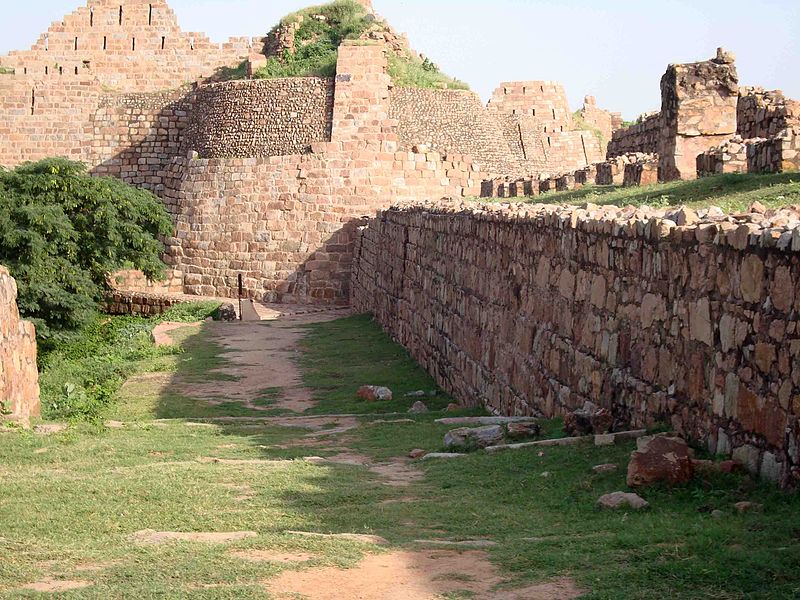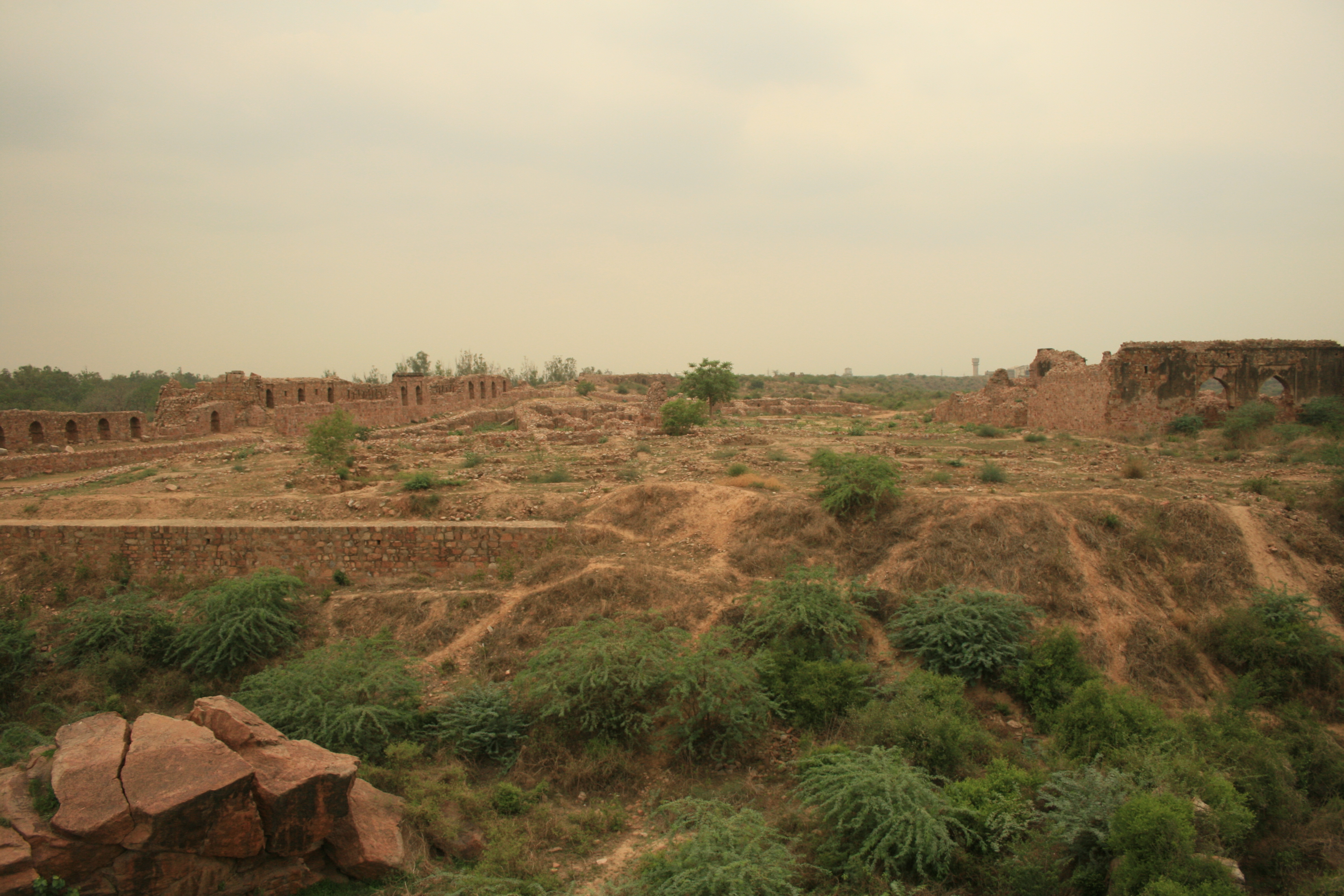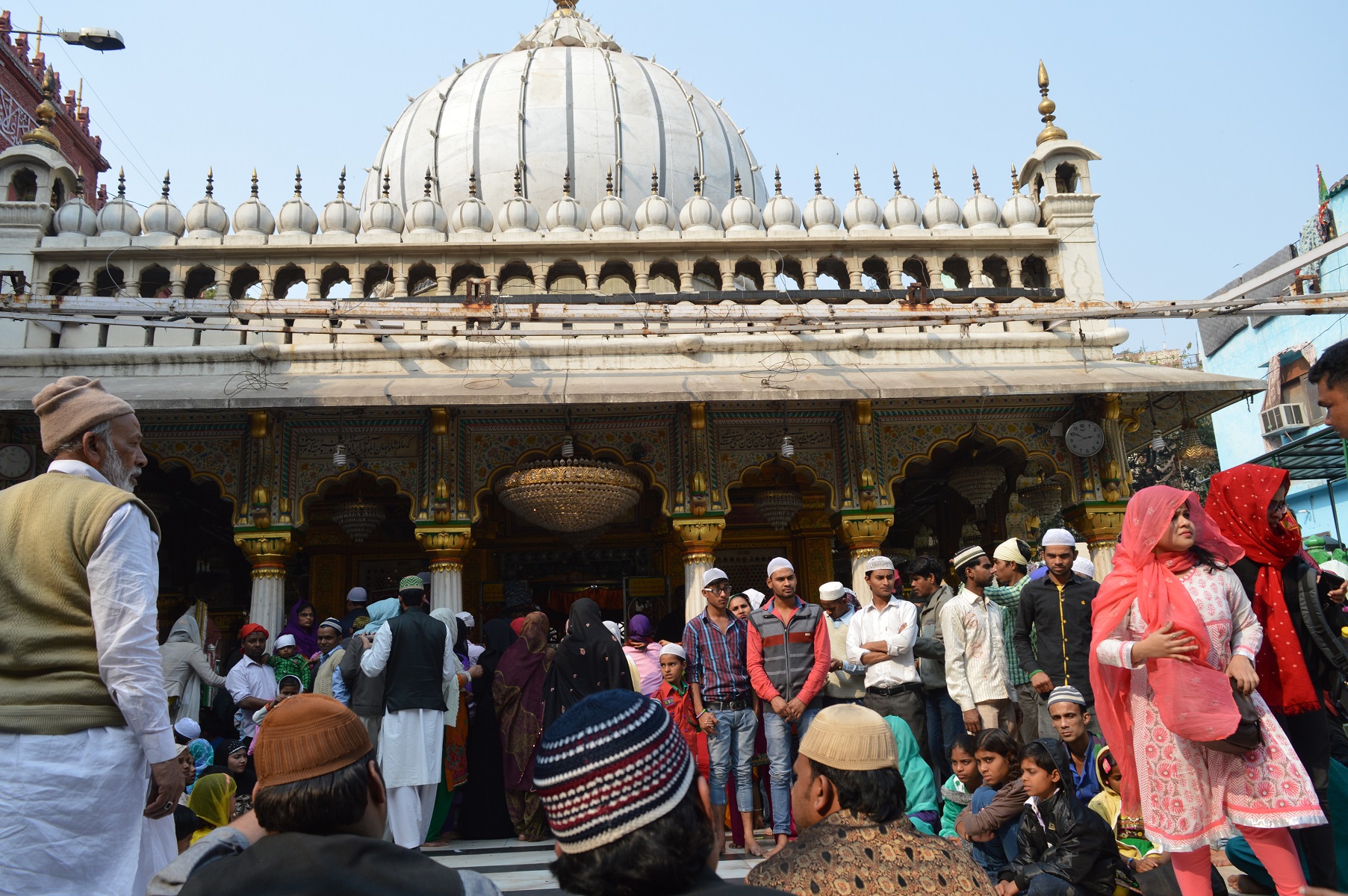TUGHLAQABAD: A CURSED FORT
The Tughlaqabad Fort in Delhi which is in complete ruins now, once served as a symbol of might and power of the Tughlaq Dynasty. It was built by Ghiyasudddin Tughlaq, the first Sultan of the Tughlaq Dynasty in 1321. In spite of its grandeur and greatness, it was abandoned not long after it was completed.
Legend has it that Ghiyasuddin Tughlaq wanted a powerful fortress which could stand up to a Mongol assault. Hence, soon after he ascended the throne, he began to work on the township, and made it mandatory for all the workers of Delhi to work on the fort. Around the same time, Hazrat Nizamuddin Auliya, a mystic Sufi Saint was building a Baoli (step well) at his khanqah (dwelling place). The workers worked all day at the fort and at night, they would work on the Baoli.
This angered the Sultan. He banned the supply of oil to Nizamuddin, so that the lamps could not be lit at the construction site of the Baoli. It infuriated Nizamuddin Auliya and he used his mystical powers to turn the water of the well into oil. He also cursed Tughlaqabad saying, “Ya rahe ujjar ya base gujjar,” (either it will be left desolate or occupied by the nomadic herdsmen).
Legend goes on to say that when Ghiyasuddin Tughlaq was on his Bengal campaign, he learned that the workers had defied his orders and were working on Auliya’s water tank. He became so angry, that he vowed to punish the saint on his return. On hearing this, Nizamuddin Auliya cursed, saying, “Hunuz Dilli dur ast,” (Delhi is yet far off).
The curse apparently took shape. While returning, a pavilion erected to honour Ghiyasuddin Tughlaq’s success from the Bengal campaign collapsed causing his death and that of his younger son. Some say it was because of a political tiff between him and his other son Muhammad Bin Tughlaq, who was nicknamed as the ‘mad prince’. Ghiyasuddin who never liked the ‘mad prince,’ wanted his younger son to succeed the throne. The story goes that Mohammed bin Tughlaq, who was also a devotee of Nizamuddin Auliya, met his father at Kara in Uttar Pradesh and conspired to kill him. Thus, the Sultan never made it back to Delhi.
The fort that was never really inhabited was finally unceremoniously abandoned in 1327, almost immediately after the death of the Sultan. Mohammad bin Tughlaq had his own grandiose plans of building a separate fortified city, Jahanpanah, and later, he shifted the capital from Delhi to Daulatabad.
Probably because of the curse of Nizamuddin Auliya, the Tughlaqabad fort with its formidable walls and structures, built to protect it from sieges, remains in a state of decline and decay even to this day. Left in complete wilderness, this place is now frequented by squatters.
While Tughlaqabad lies in ruins, Nizamuddin’s Dargah is thronged by the faithful and is one of the most venerated sites. The Baoli which is still in use, is fed by an underground spring and its waters are considered sacred.
 Government of India
Government of India





